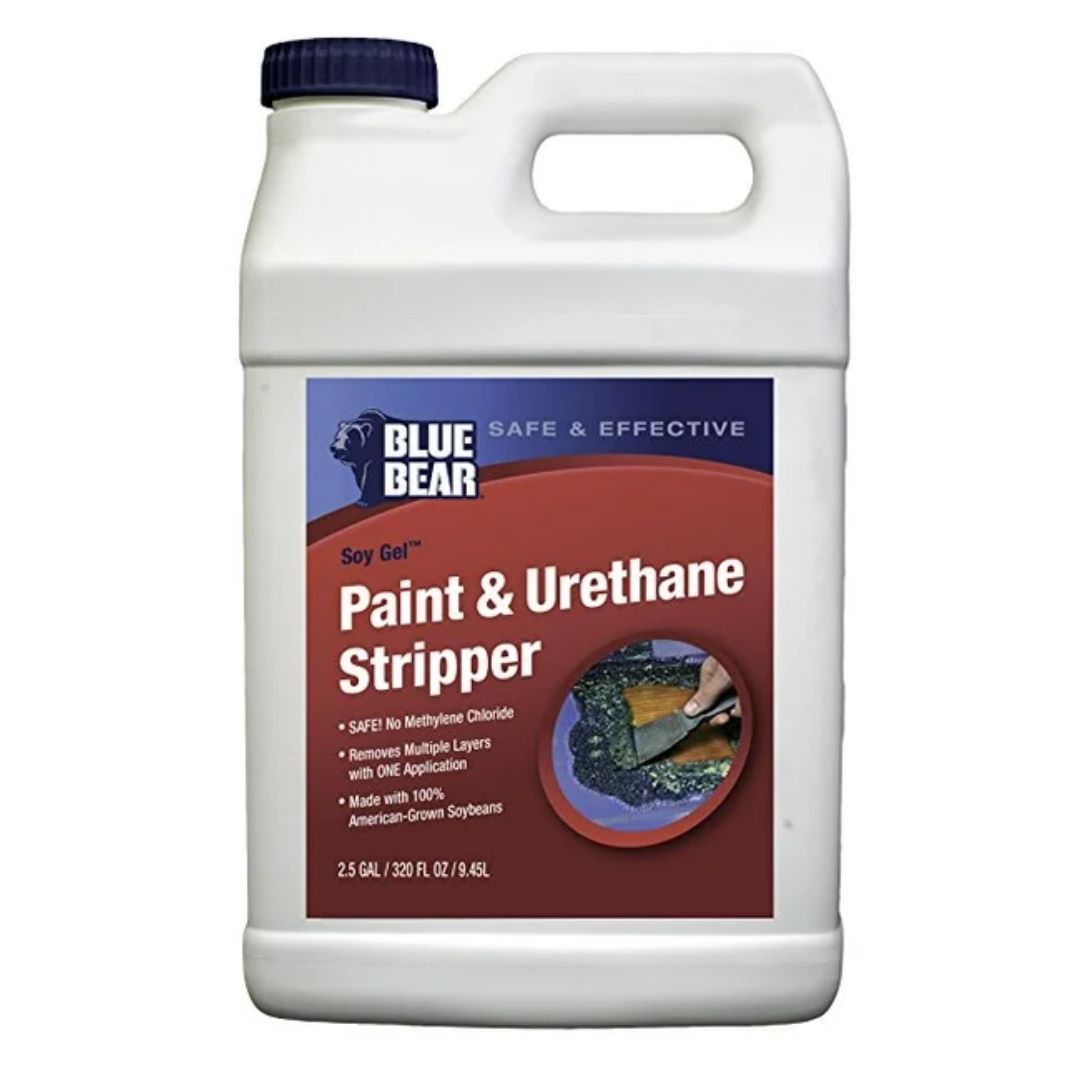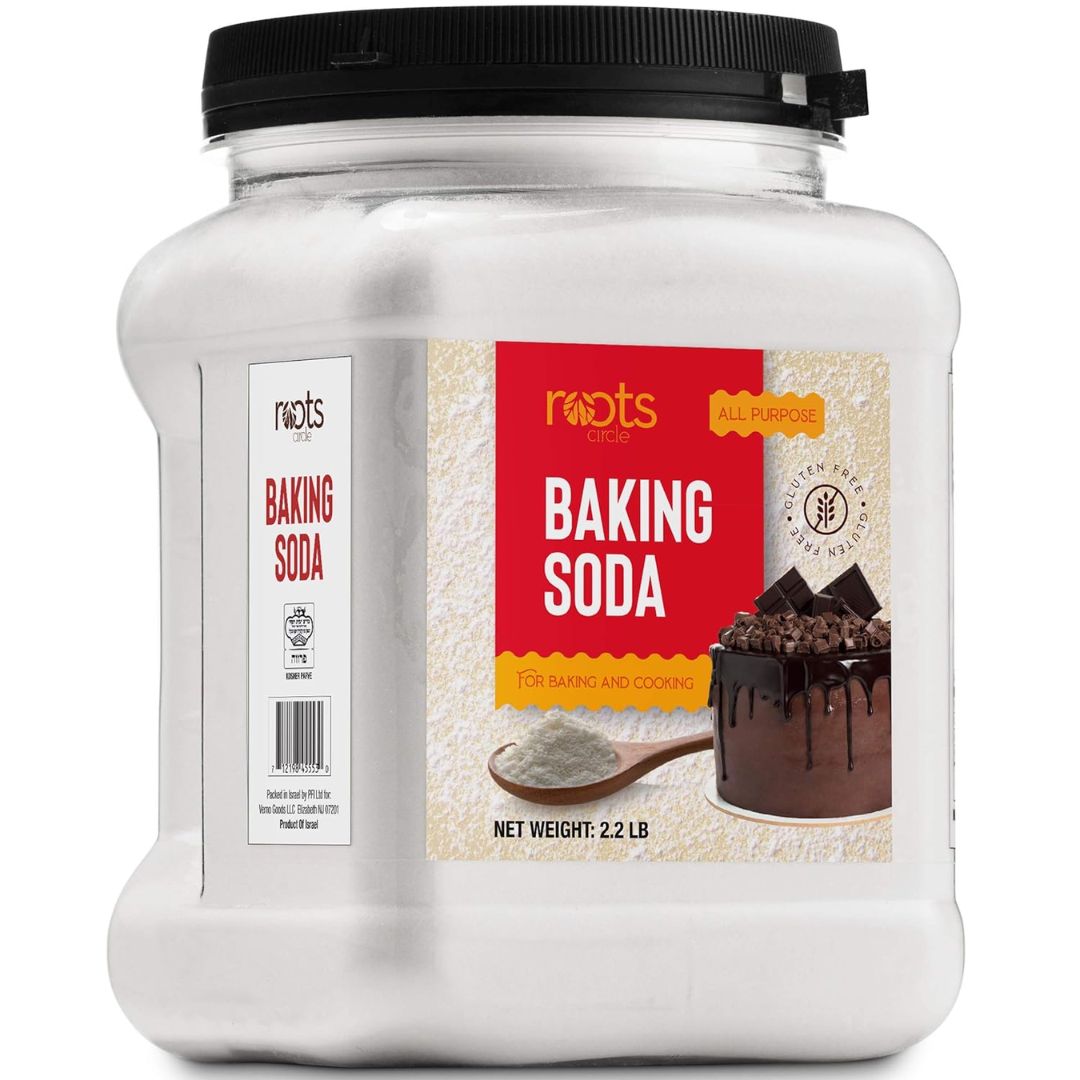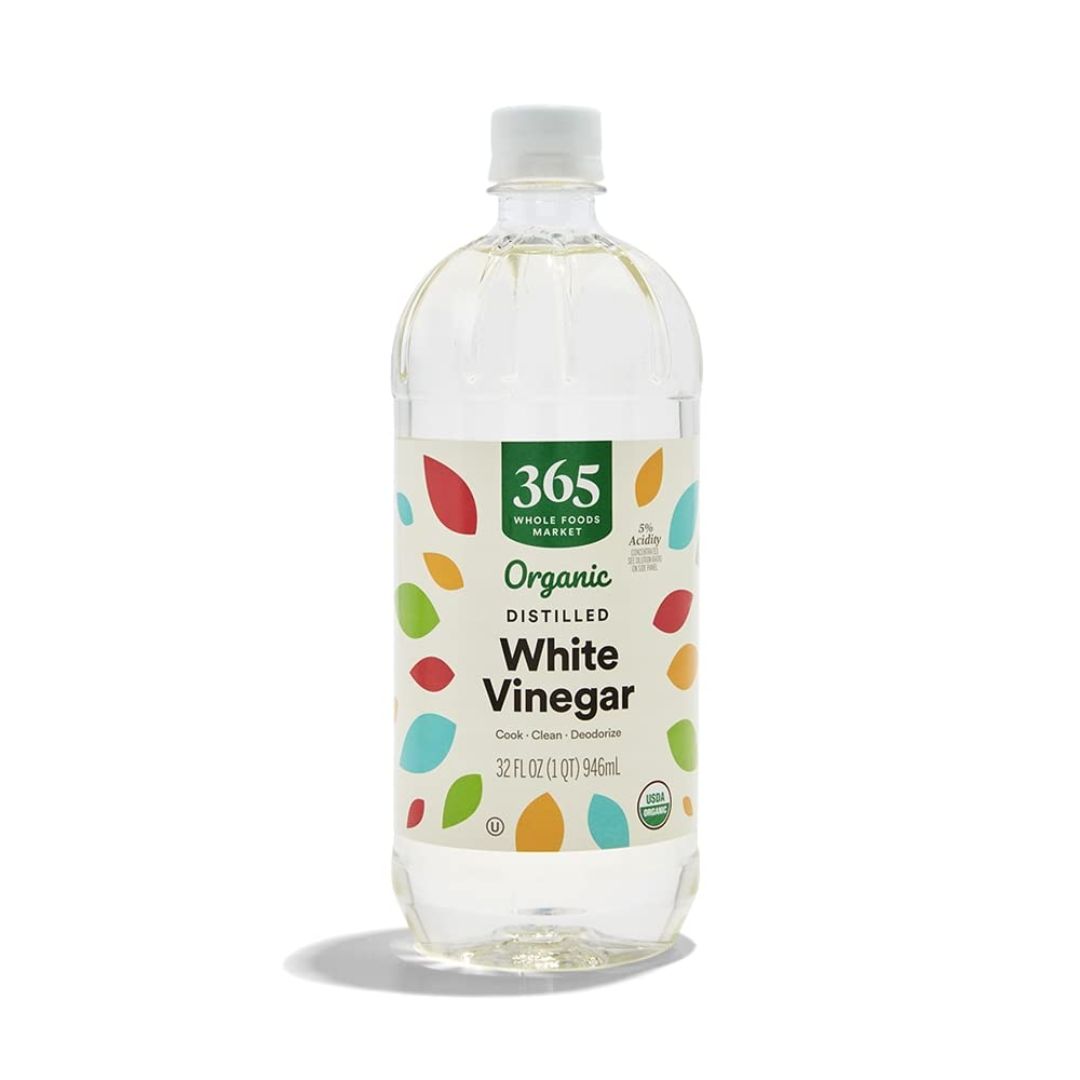DIY Paint Stripper — 9 Eco-friendly Methods to Remove Paint Naturally
It's time to say goodbye to harsh chemical paint strippers and hello to natural alternatives to help making removing paint simple

Many DIY paint strippers and removers can be quite harmful, but not to worry, as there is always a solution at hand. Natural remedies can work wonders and will work just as well. So you can dive into those eco-friendly methods seamlessly — one brush stroke at a time.
'Natural paint removers and techniques will undoubtedly take longer to achieve the final results, but you will be chemical free at the end of the process, and to many, this is worth more than the time ever could be,' says Brandon Walker, professional painter and construction manager at ASAP Restoration LLC. 'Natural removers are also a great way to get a workout in, because they will take a lot more physical effort than chemicals that can dramatically reduce the amount of labor needed for a finished product'.
Whether you're removing an overspill of paint in a certain area of your home or you're keen to refresh your space completely by newly painting a room, here are some easy and natural ways to remove what was there before.
WHAT CAN I USE AS A NATURAL PAINT REMOVER?
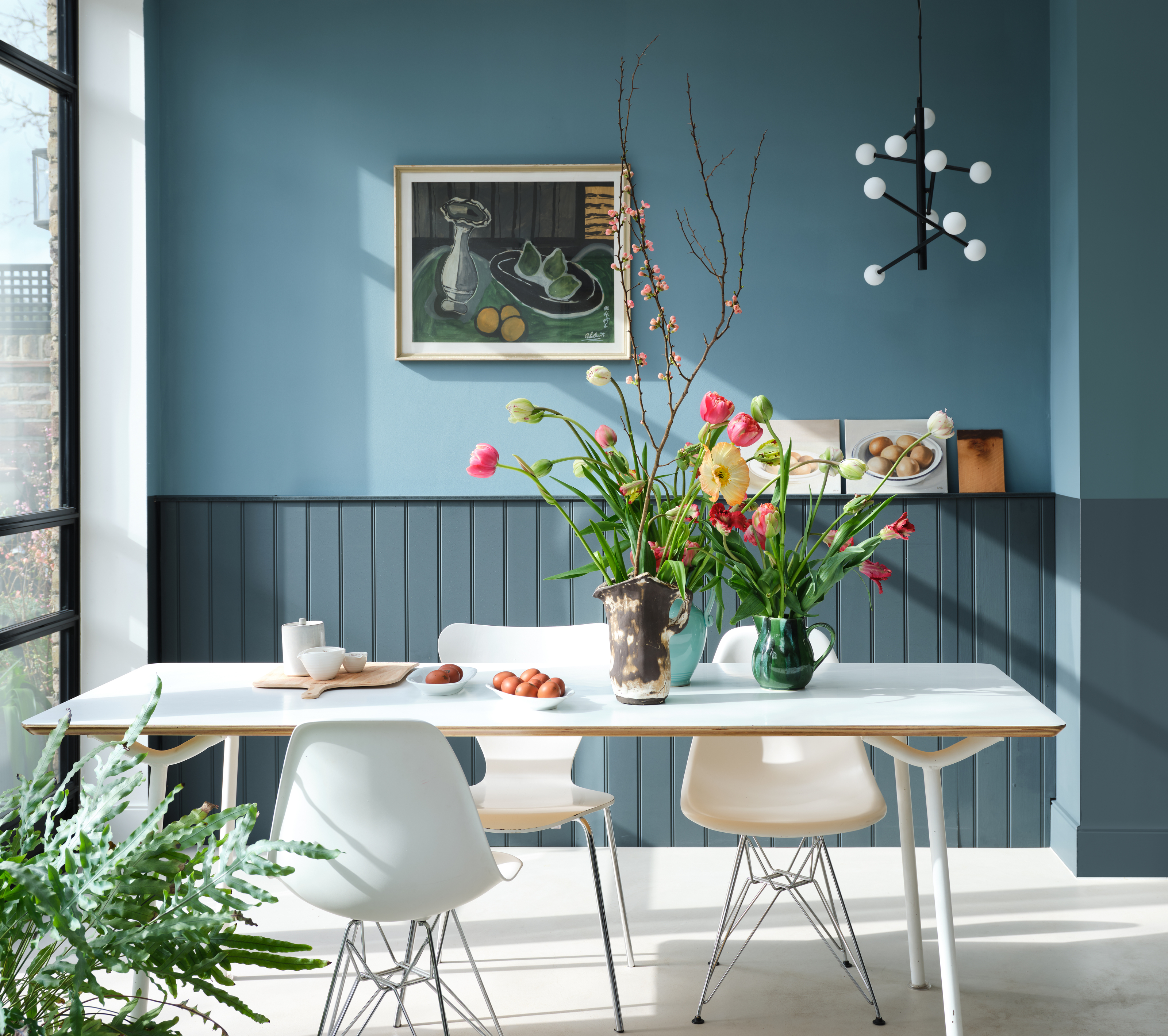
From the right paint technique for walls, to the removal process — it can take time and energy, but if done correctly, it is truly worth every moment.
'Paint is made to adhere to a surface with longevity being the aim, because of this it is obviously not an easy task to remove paint from surfaces, particularly finishes such as gloss and eggshell,' explains Michael Rolland, DIY expert and MD of The Paint Shed.
'There are paint strippers on the market intended to remove paint, but the issue with some of these are that they can be harmful, particularly when inhaled,' he continues. 'This leads DIYers to search for natural alternatives that are less dangerous for amateurs who may be without the proper protective gear.'
Without further ado, here are 10 natural paint stripping methods you need to try out.
1. Soy based paint removers

Learning how to paint a room is no easy task. I've made mistakes many times, but in doing so, I've been eager to find some natural methods to help remove those mistakes. Brandon Walker, professional painter and construction manager at ASAP Restoration LLC, says soy-based paint remover is a great technique to strip away paint, as it is non toxic and easy to use.
Brandon tells us: 'This technique works by using a soy-based gelatin substance that you rub onto the paint and let sit for up to 6 hours. After this time period you can use a scrubber to remove the solution and the paint together'.
Soy-based paint removers contain methyl soyate, which is a methyl ester distilled from soybean oil. As this solvent is derived from a natural source, it is much more sustainable and environmentally friendly than petroleum-based products.
'This type of natural paint stripper is safe to use on wood, concrete, and metal, but not recommended for plastic surfaces such as UPVC and laminate,' DIY expert, Michael Rolland shares. 'It comes in a gel format and is effective at removing paint from the listed surface type, but it will take longer than chemical strippers. The longer it is left on the paint the easier it will be to strip.'
2. Citrus-based paint removers

Citrus-based paint strippers, like soy-based ones, work more slowly in removing paint than stronger chemicals, but again are less harmful on health and the environment. 'Citrus-based paint strippers contain terpenes, which are organic compounds derived from plants, usually oranges - hence the name,' says Michael. 'Typically they are safe to use on any painted or varnished surface, and work particularly well on wood, metal, and masonry. Do be sure to check the manufacturer's instructions before application.'
'Although less harmful than the chemical paint strippers, there are still ingredients within citrus-based paint removers that are harmful to the environment, and therefore precaution should be taken to ensure proper disposal,' he adds.
To make this, Brandon says, 'simply make a solution with a high concentration of your favorite citrus flavor and go to town spraying down your painted surfaces. Let the citrus solution set in for a half hour to an hour and then use a sponge or scrubber to remove the paint and solution together'.
3. A Heat gun

Heat guns are ideal for removing paint from any surface, without the use of chemicals. 'Heat treatment is another proven and effective way to remove paint from a wide variety of surfaces,' Brandon explains. This is because heat loosens the chemical connection between the paint and the surface it is on, which in turn makes it much easier to scrape off the paint with a tool or scrubber.
However, it's worth noting they're much more high-powered, and can damage your material if not used correctly. 'Heat guns should be held at an angle of approximately 45 degrees and never kept in one place for more than a few seconds, you don’t want to burn the paint,' says Michael. 'As the paint begins to bubble under the heat, move the gun and strip the paint with a scraper, moving across until you have stripped all the paint desired.'
4. Ammonia, borax and washing soda

You can also create your own homemade natural paint removers with products you may already have in your kitchen cabinets.
'To make your own paint remover, simply take a dish or vessel and pour in one part ammonia, one part borax (both naturally occurring elements) and one part washing soda,' Michael says. 'Also add a small amount of water. Two tablespoons is perfect for one cup of each ingredient, so scale up/down from there.'
Proceed to stir the mixture together until you get a paste. Then, 'taking a brush, coat the paint with the mixture and let it sit for at least around 10-20 minutes for it to break down the paint. When the time is up, scrub off the paint using steel wool.' This solution can be used on most surfaces, but do patch test first in a part that is not overly visible.
5.Washing soda, water and flour

You can also use a mixture of washing soda, water and flour to remove paint. 'Take a large vessel and pour four tablespoons of washing soda per one cup of water,' advises Michael. 'Once mixed together, add a tablespoon of flour to the mixture to thicken it. Incorporate the flour completely and add another tablespoon.
'Repeat this process until the mixture has a creamy consistency but is still spreadable.'
He continues: 'Once you’ve made your remover, just coat the target surface with it using a brush or palette knife. Let the coating sit for roughly half an hour before removing it, scraping off any leftover paint as you go.'
This solution can be used on most surfaces, but do patch test first in a part that is not overly visible.
6. Elbow Grease

Whether you're diving elbow deep into your living room DIY project or you're simply fixing up a few loose knots around your modern home, there's nothing quite like doing the task at hand yourself.
'There’s always the good old fashioned way to remove paint from surfaces, a scraper and a lot of hard work and time,' Brandon tells us. 'This method is by far the most environmentally friendly and likely one of the best options to avoid using chemicals, but you do run the risk of particulate lead paint being introduced to the air around you as you chip away'.
However, the expert notes that if your home does not have led paint, this may be the perfect solution. 'This method will undoubtedly take longer than you will want to spend on it, but you get that sweet sweet peace of mind out of a job well done,' Brandon adds.
7. Baking Soda

Baking soda and water is a simple and easy DIY paint stripper you'll want to try.
'Baking Soda is on the opposite end of the PH spectrum from acids and this is what makes it a base chemical stripper — but a non-toxic one,' says Brandon.
If you want to create this concoction, the expert says to mix it with water until you can form a paste with it. It should have the same consistency of drywall mud. 'Then simply apply it to your painted surface and wait a half hour to an hour before attempting removal. Scrub off the paint and baking soda solution with a sponge or scrubber and then wash off the surface with clean water for the best results,' he adds.
8. Vinegar
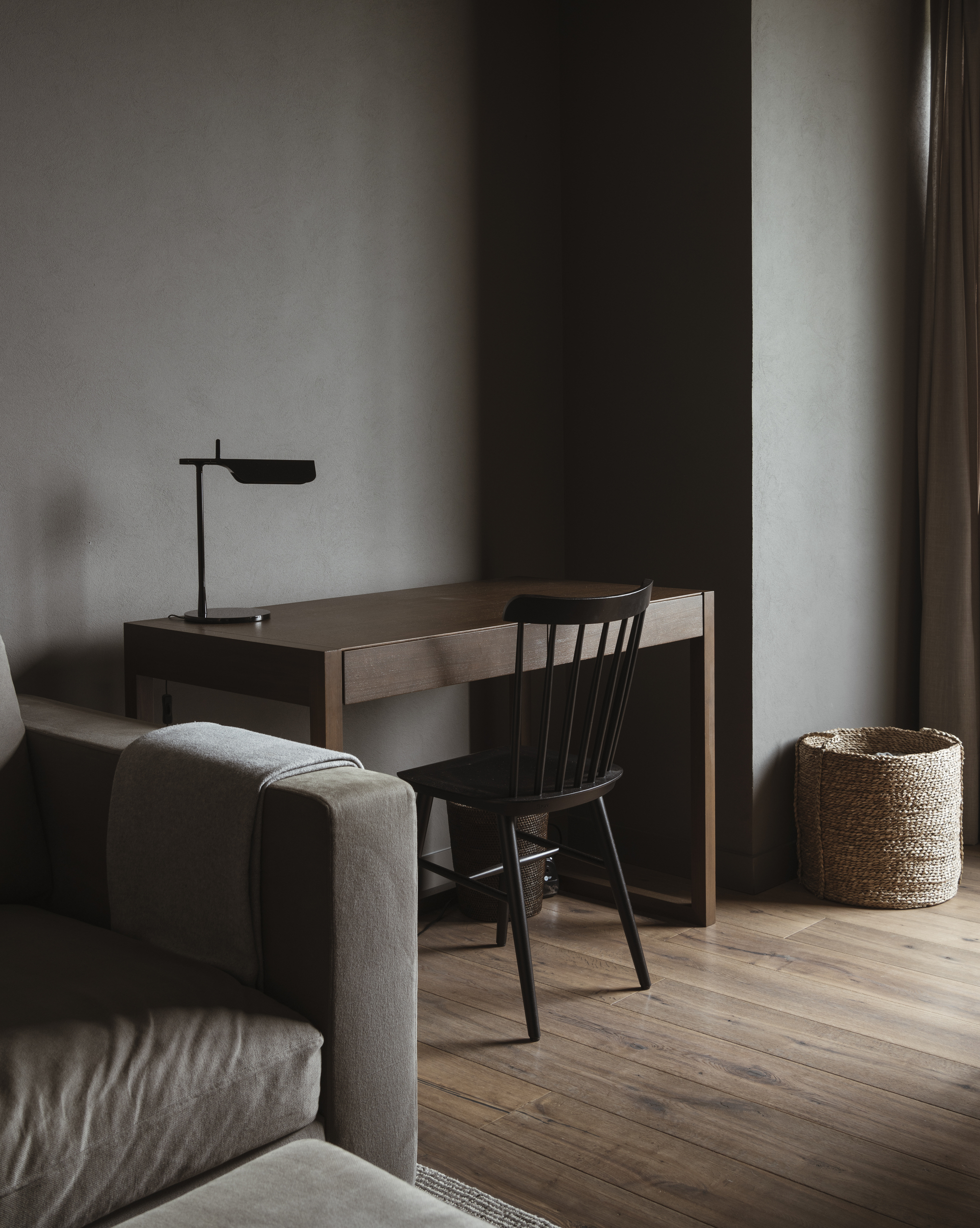
While vinegar doesn’t remove paint directly, it does soften paint significantly, making it easier to remove by hand. 'Being an acid, vinegar can strip paint from many different kinds of materials and surfaces. It struggles a bit to remove some kinds of paint from wood, especially if it is older paint, but it can still work given enough time and elbow grease,' Brandon adds.
Michael says to use vinegar, 'heat some in a pot and wait for it to boil. Using a brush, apply the vinegar to the surface, and let it rest. Keep testing the paint to see if it has softened. If not, repeat if necessary.'
He adds: 'If you want to strip the paint from a small object, you can also take an old pot and fill it with water and pop it on the hob. Add ¼ of a cup of baking soda in the pot and leave it to incorporate. Make sure not to stir it. As the pot reaches a simmer, watching that it doesn’t boil, place whatever object is covered in paint into the pot. If your pot is big enough, you can do multiple objects at a time, but make sure to not let them come into contact with one another or the side of the pot. After around 10 minutes, check the items in the pot to see if the paint has been removed. Then leave to dry.'
FAQS
Why should I use natural paint removers?

So, how can chemical paint strippers be harmful? 'Chemical paint strippers, and the liquid forms especially, come with a range of dangers such as respiratory system damage, skin disease, internal organ damage and brain and nervous system damage, (evidence which is backed up in the National Library of Medicine) not to mention that most chemical paint strippers are highly flammable too, putting your home at risk,' Michael Rolland from the Paint Shed explains. 'It is best that these products are only used by professional painters and decorators.'
'As well as being a danger to health, these paint strippers are also bad for the environment. Most of the chemical paint strippers contain high volumes of VOC - Volatile Organic Compounds - which have been proven to react with oxygen and cause damage to the ozone layer.'
'Luckily, there are less harmful paint strippers on the market that contain more natural materials and, although these will take longer to work, the reduction of risk and harm to the environment makes them worth it,' Michael adds. It's the same as making sure you buy the best eco paints for your home.
Be The First To Know
The Livingetc newsletters are your inside source for what’s shaping interiors now - and what’s next. Discover trend forecasts, smart style ideas, and curated shopping inspiration that brings design to life. Subscribe today and stay ahead of the curve.
Ruth Doherty is a lifestyle journalist based in London. An experienced freelance digital writer and editor, she is known for covering everything from travel and interiors to fashion and beauty. She regularly contributes to Livingetc, Ideal Home and Homes & Gardens, as well as titles like Prima and Red. Outside of work, her biggest loves are endless cups of tea, almond croissants, shopping for clothes she doesn’t need, and booking holidays she does.
-
 The 'New British' Style? This Victorian London Home Embraces Its Owners' Global Background
The 'New British' Style? This Victorian London Home Embraces Its Owners' Global BackgroundWarm timber details, confident color pops, and an uninterrupted connection to the garden are the hallmarks of this relaxed yet design-forward family home
By Emma J Page
-
 Muji Living Room Ideas — 5 Ways to Harness The Calming Qualities of This Japanese Design Style
Muji Living Room Ideas — 5 Ways to Harness The Calming Qualities of This Japanese Design StyleInspired by Japanese "zen" principles, Muji living rooms are all about cultivating a calming, tranquil space that nourishes the soul
By Lilith Hudson
-
 A Professional Wreath Designer Spills 7 Secrets to Styling the Perfect Christmas Wreath — Fresh or Faux
A Professional Wreath Designer Spills 7 Secrets to Styling the Perfect Christmas Wreath — Fresh or FauxKatie Shute shares her trade-secret tips and tricks for making and decorating the best-looking Christmas wreath for your front door (and beyond)
By Olivia Wolfe
-
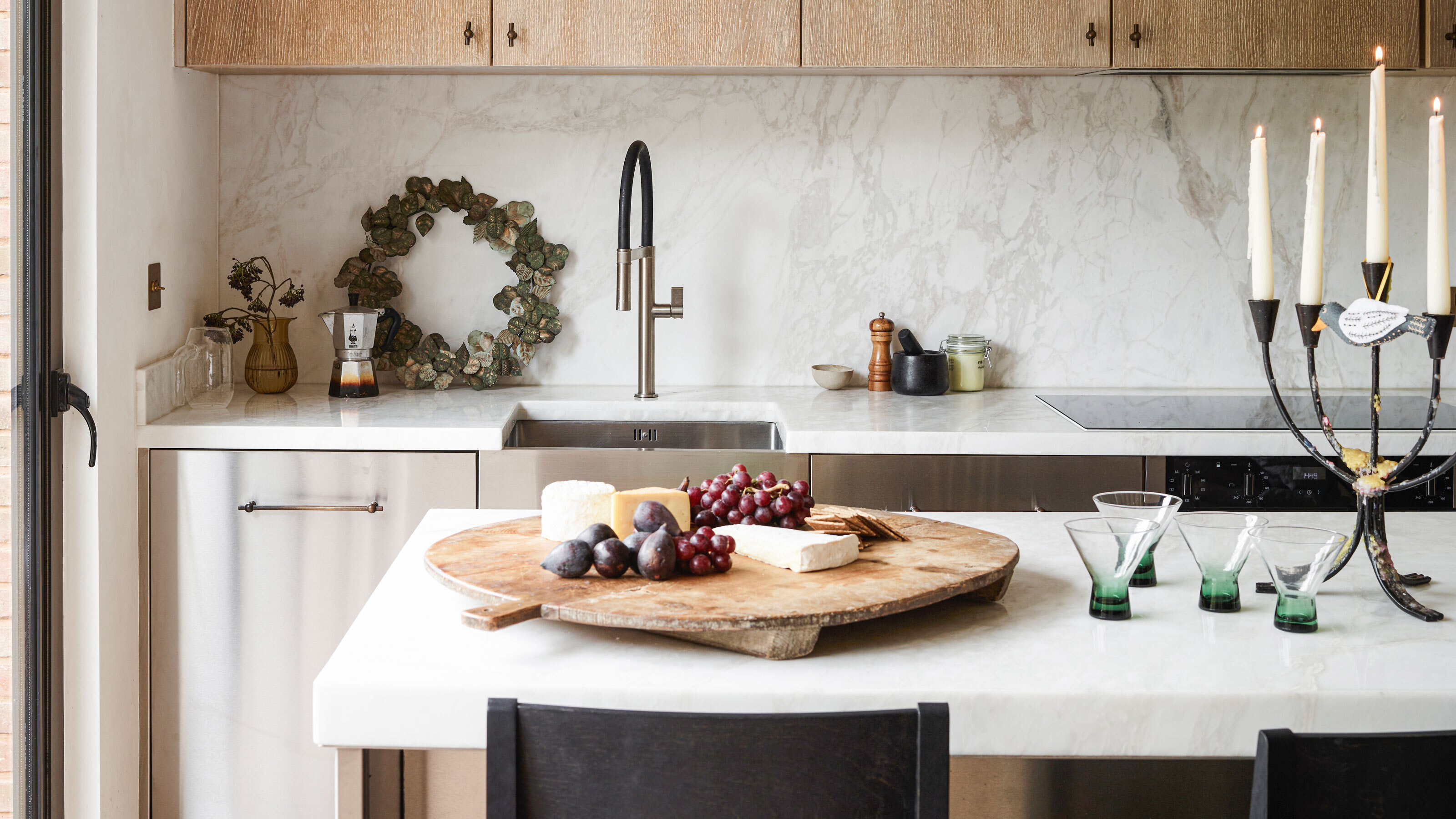 Not One for Room Sprays? This Christmas Simmer Will Make Your Home Smell Delicious in Time for the Festivities
Not One for Room Sprays? This Christmas Simmer Will Make Your Home Smell Delicious in Time for the FestivitiesCheck out our recipes or whip up your own for a wonderfully merry home fragrance that's seasonally fit
By Amiya Baratan
-
 Satin vs Semi-Gloss Paint — What's the Difference? Our Quick Guide on Which to Choose for DIY
Satin vs Semi-Gloss Paint — What's the Difference? Our Quick Guide on Which to Choose for DIYIs there a difference between these paint finishes? Explore the key contrasts between satin paint and semi-gloss to ensure you choose wisely, plus advice on how to make the most of each finish
By Portia Carroll
-
 This Simple DIY Gives Your Basic Terracotta Planter a Rustic Aged Finish That Feels so Mediterranean
This Simple DIY Gives Your Basic Terracotta Planter a Rustic Aged Finish That Feels so MediterraneanInstead of overspending on aged terracotta pots, DIY your planters at home and get the look for less
By Amiya Baratan
